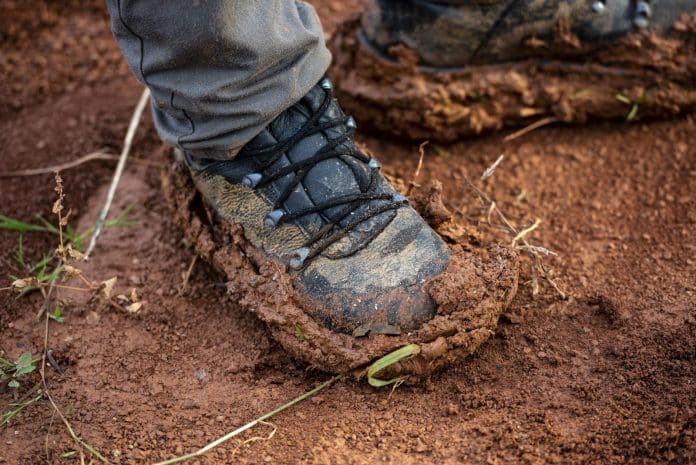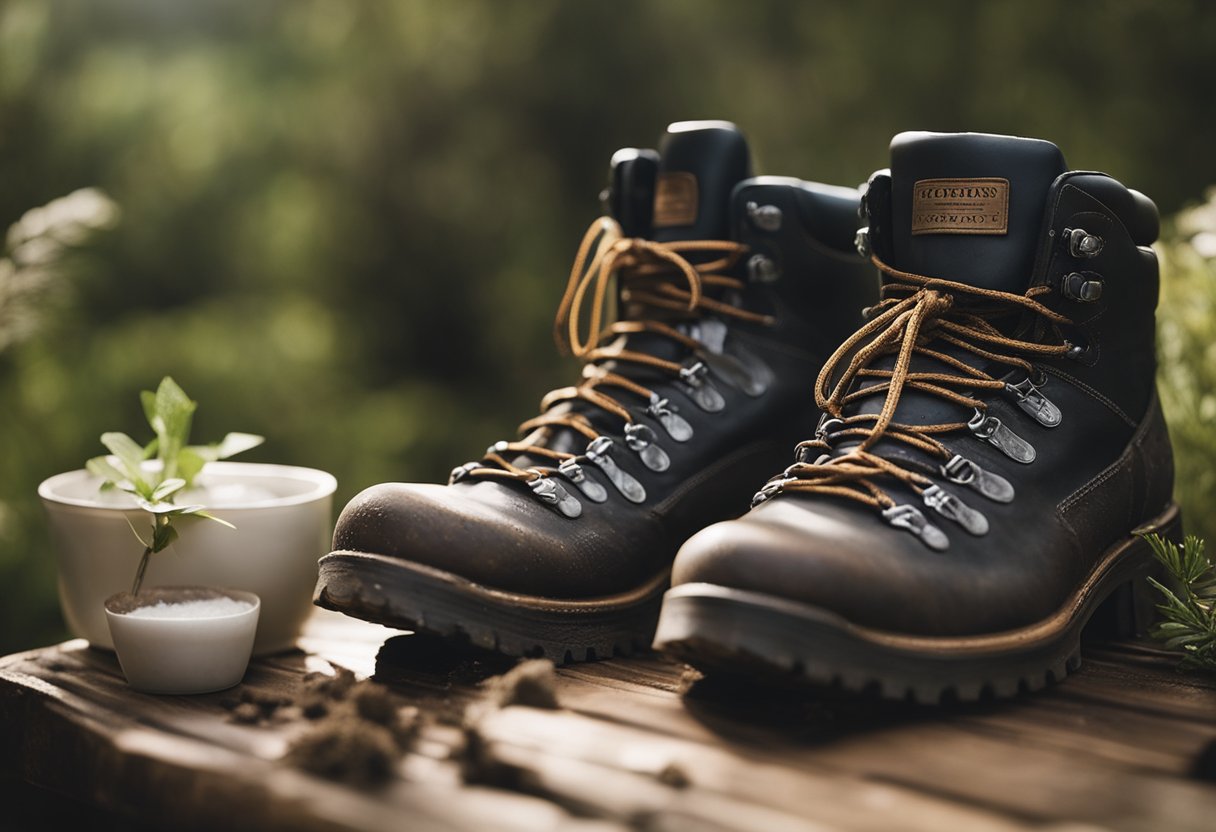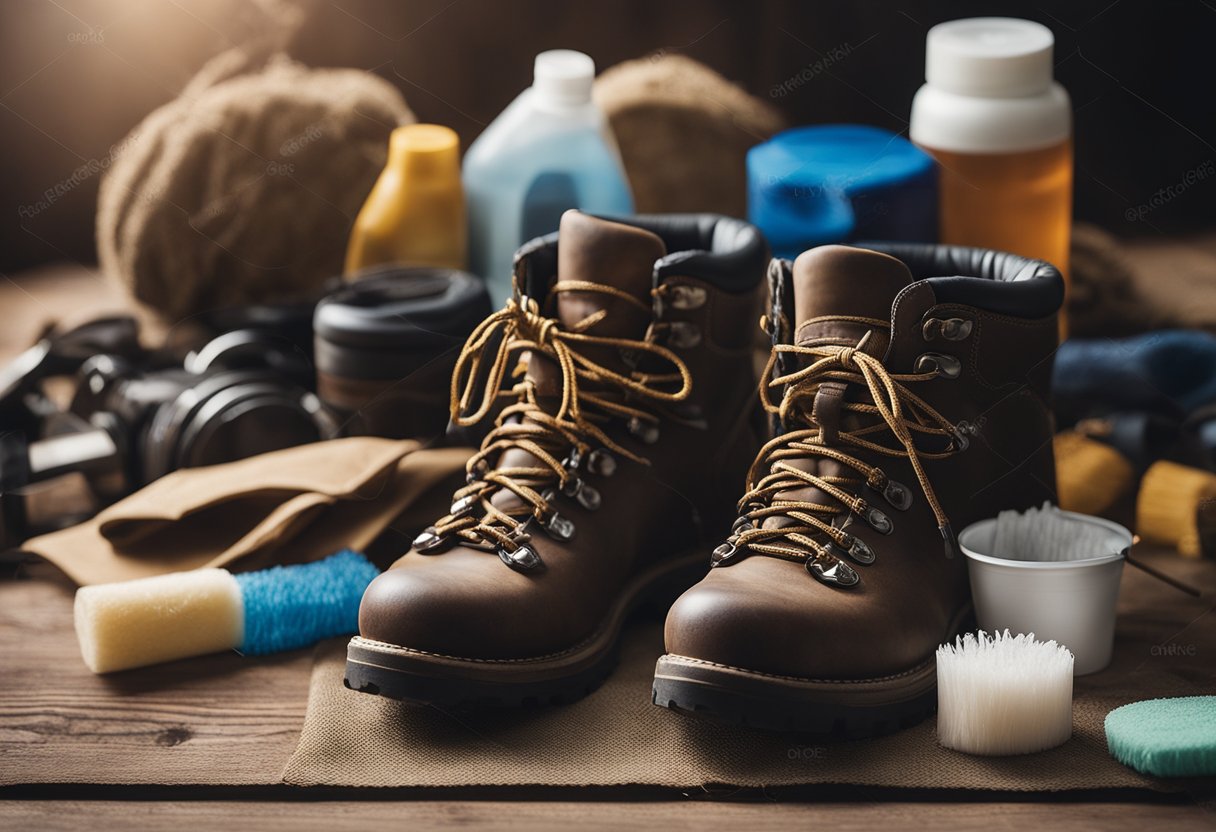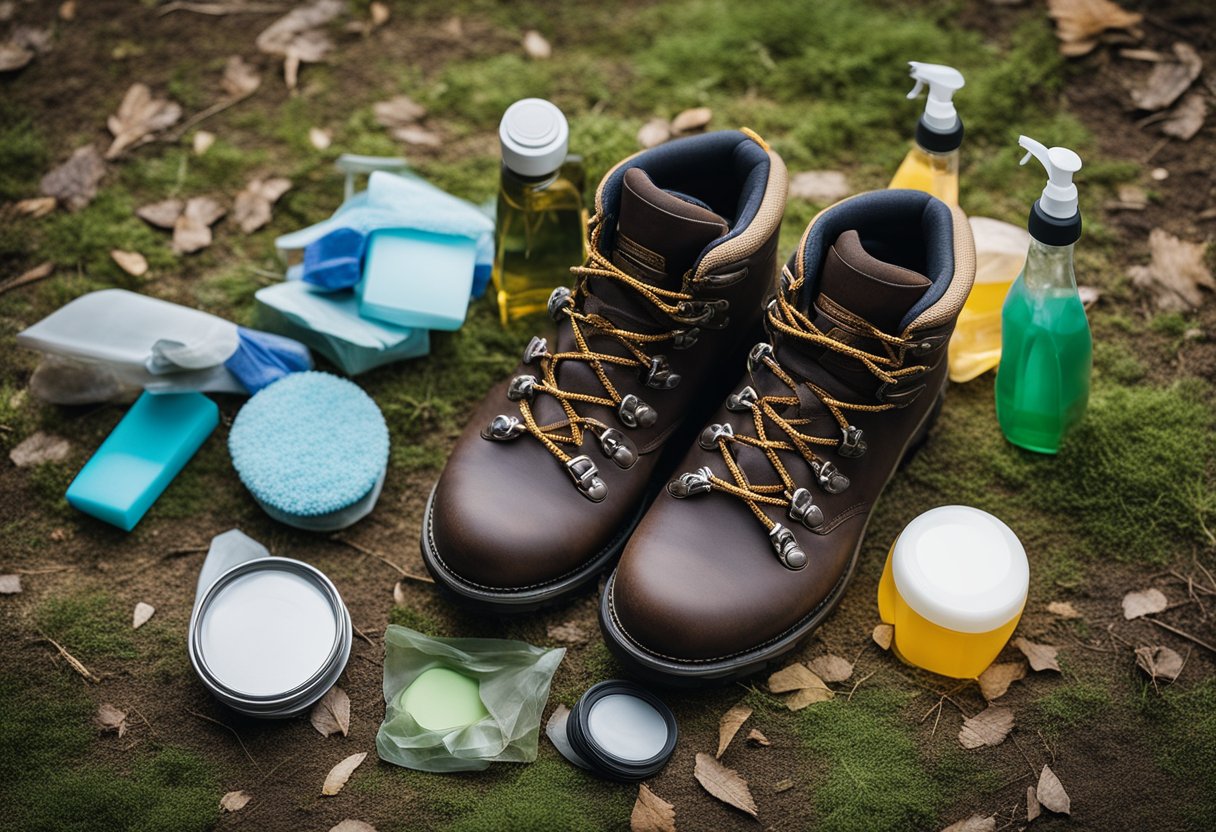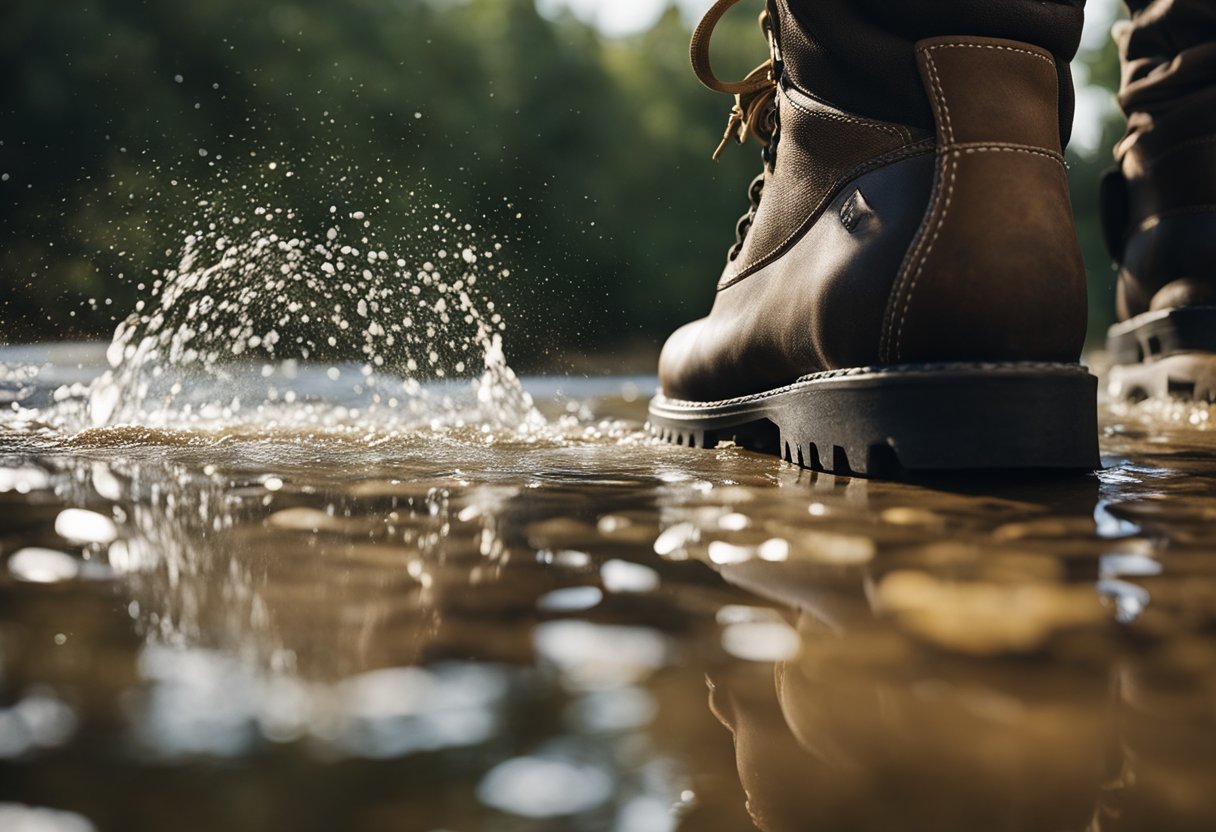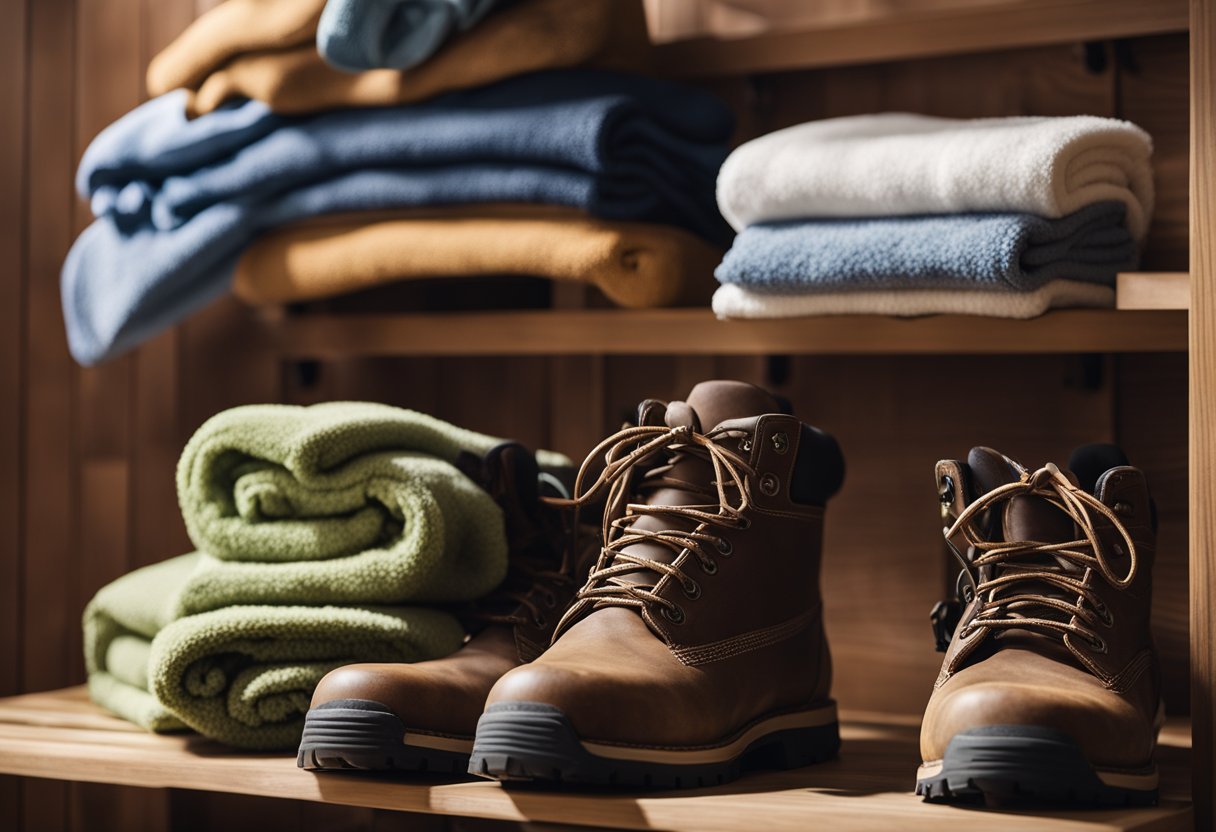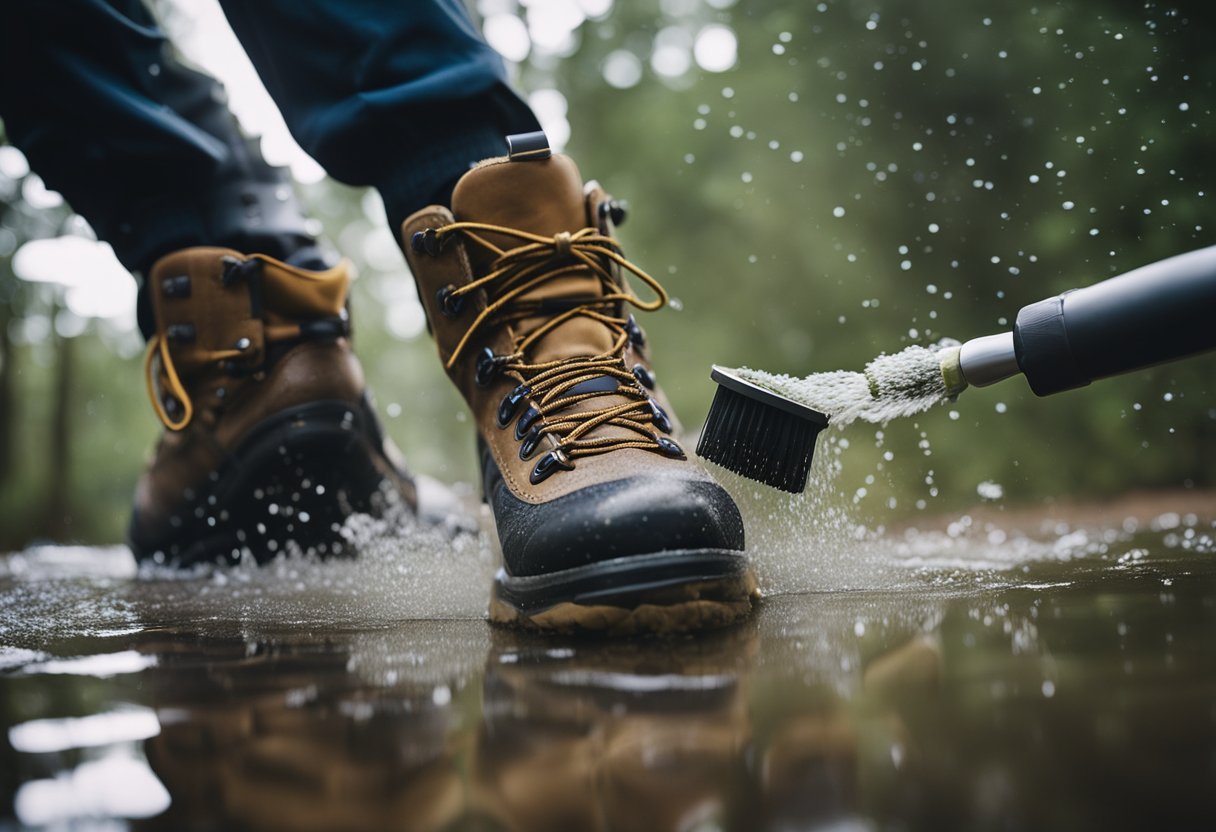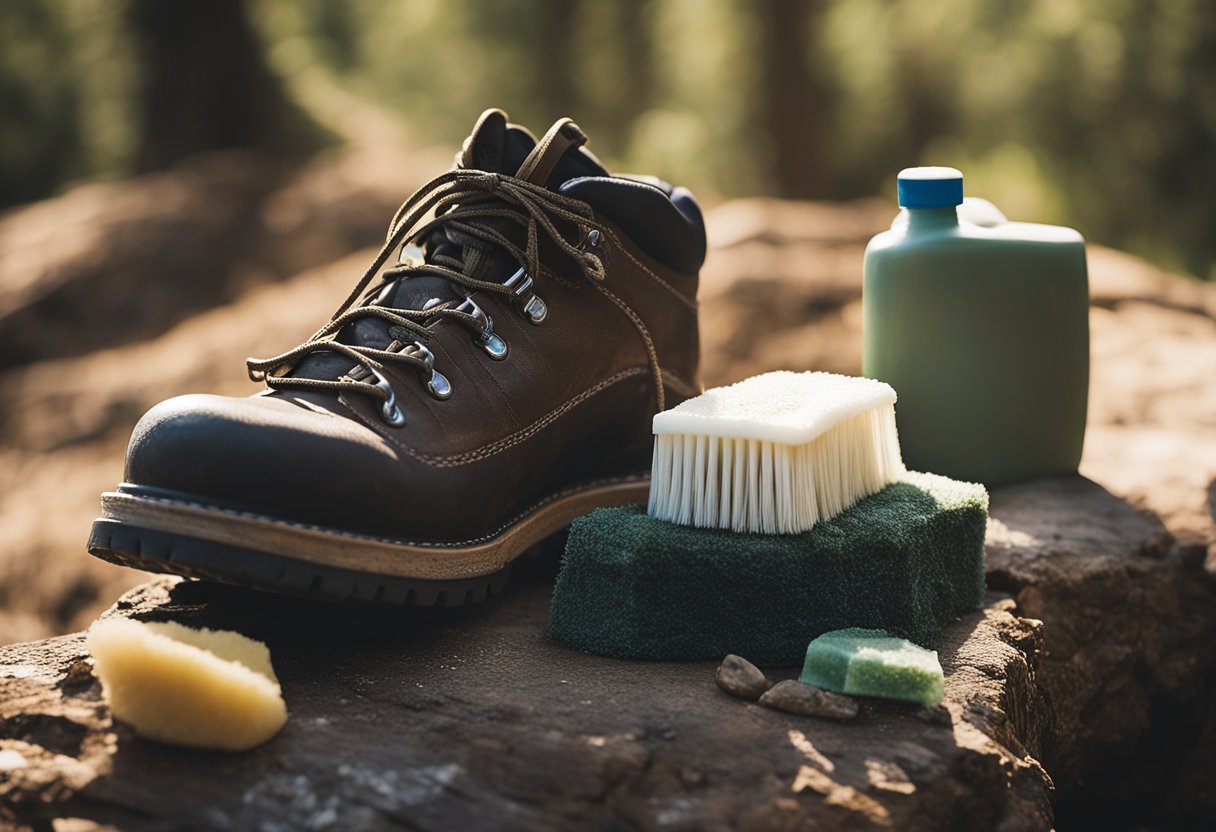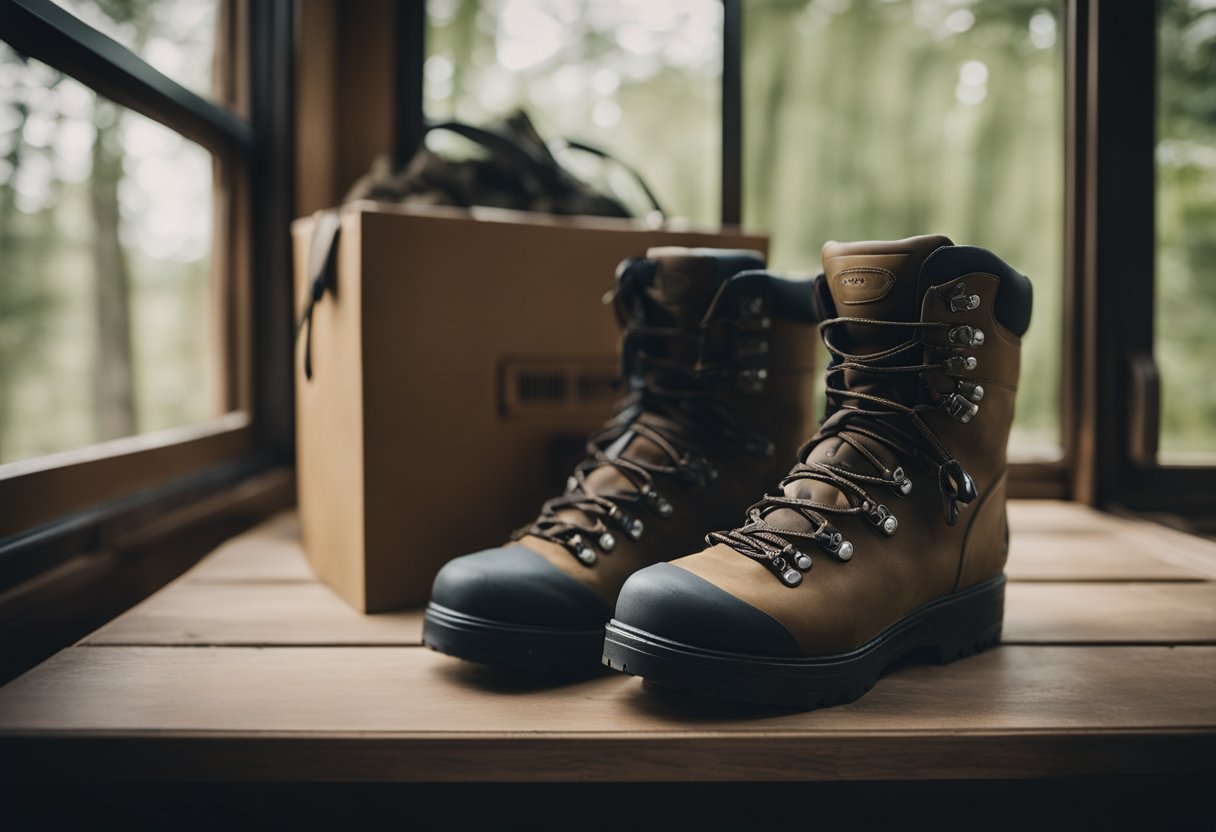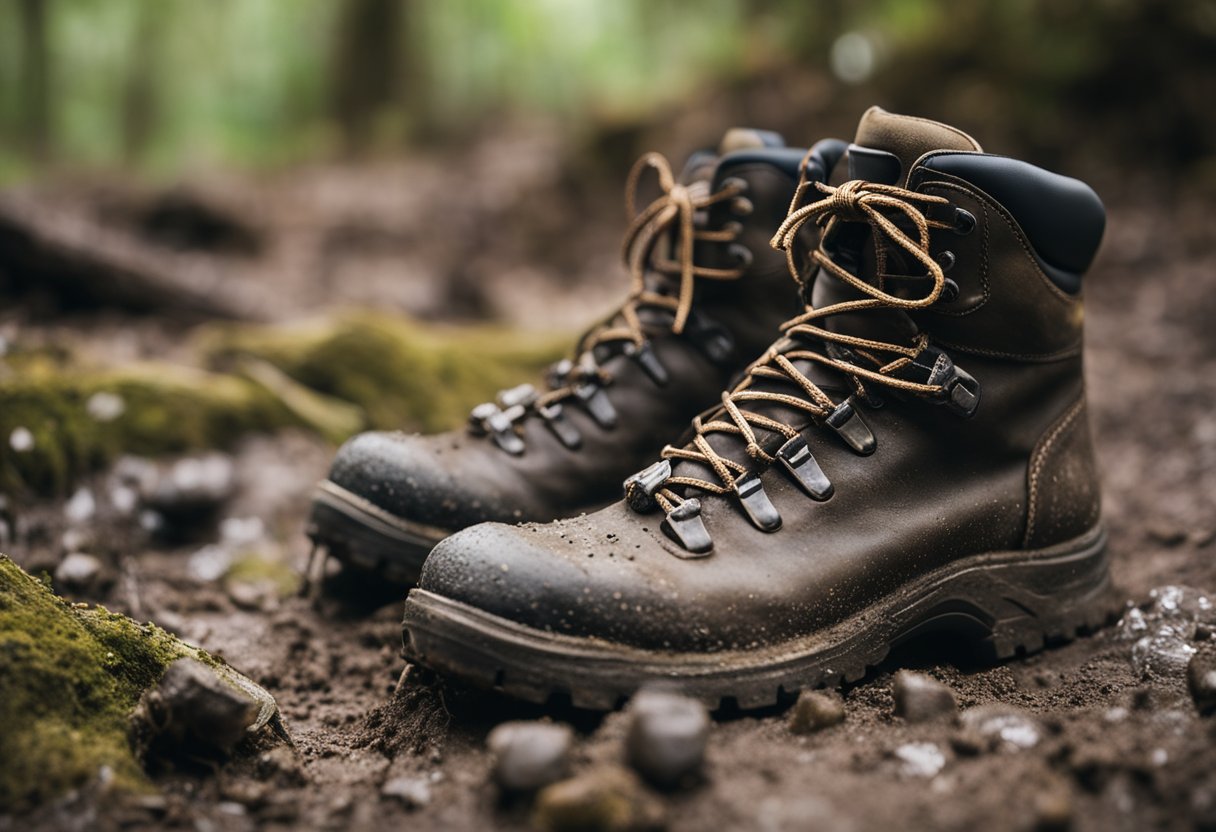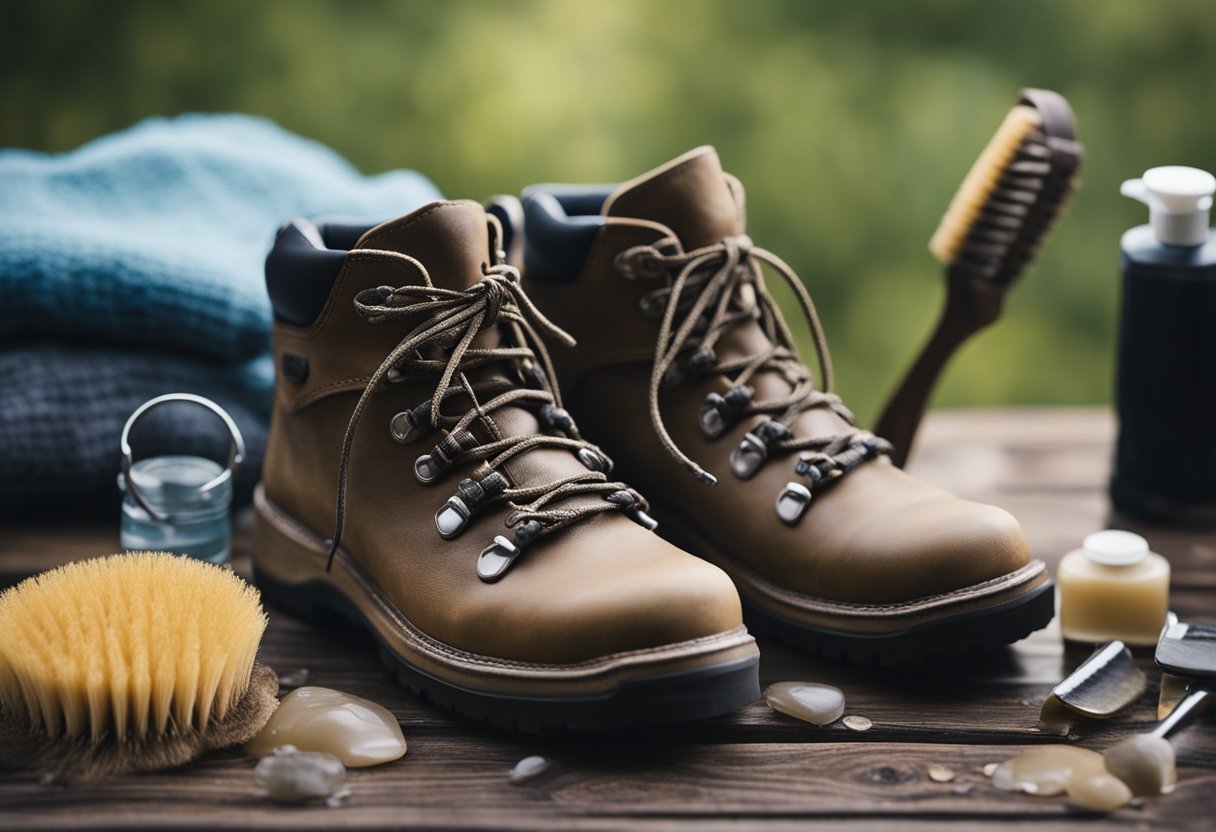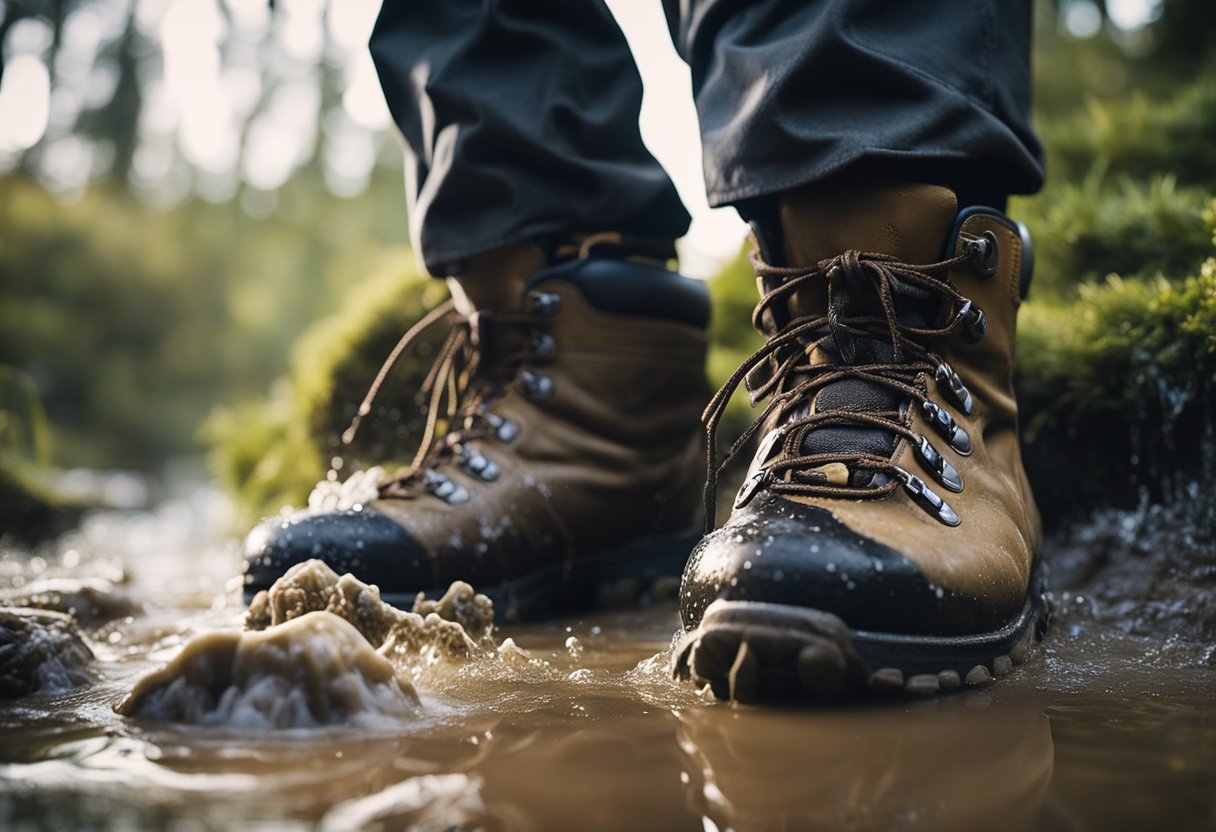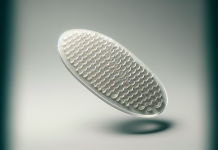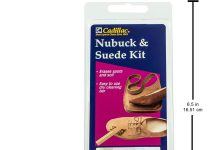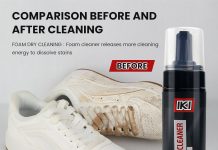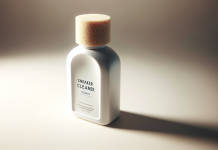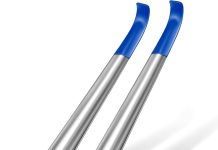Have you ever been on a long hike and noticed that your boots are starting to look worse for wear? It’s easy to get discouraged if you’ve invested in a nice pair of hiking boots.
Fortunately, it’s possible to bring your shoes back to life and make them look as good as new.
In this blog post, we will explore the steps necessary to properly clean hiking boots so that they stay looking great no matter how often you take them out on the trail.
If you’re an avid hiker, you know your hiking boots are essential to your gear. They take you through dirt, mud, and water, keeping your feet comfortable and protected.
However, after a long hike, your boots might be covered in dirt and mud, and failing to clean them properly can damage them and shorten their lifespan. That’s why knowing how to clean your hiking boots is crucial.
Cleaning your hiking boots is an essential part of their care and maintenance. Not only will it help to extend their lifespan, but it will also ensure they remain waterproof and comfortable. Dirt and mud can clog the pores of your boots, making them less breathable and causing moisture to build up inside. This can lead to unpleasant odors and even mold growth. By cleaning your boots regularly, you can prevent these issues and keep them in top condition for your next adventure.
When cleaning your hiking boots, it’s essential to use the proper technique and products. Using the wrong cleaning agents or methods can damage the materials and reduce the effectiveness of any waterproofing treatments. In this article, I will guide you through the steps to clean your hiking boots properly, ensuring they stay in excellent condition for years.
Understanding Hiking Boot Materials
As an avid hiker, choosing the proper hiking boots is essential for a comfortable and safe hiking experience. One of the most important factors to consider when choosing a hiking boot is the material it is made of. In this section, I will briefly overview the most common hiking boot materials and their characteristics.
Leather Hiking Boots
Leather is a popular material for hiking boots because of its durability and ability to conform to the foot’s shape over time. Several types of leather are used in hiking boots, including full-grain leather, suede, and nubuck. Full-grain leather is the most durable and water-resistant, while suede and nubuck are softer and more flexible.
To maintain the quality of leather hiking boots, cleaning them regularly and applying a leather conditioner to keep the leather supple is important. It is also essential to avoid getting the boots too wet, as this can damage the leather and cause it to crack.
Synthetic Hiking Boots
Synthetic materials, such as nylon and polyester, are often used in hiking boots because they are lightweight and breathable. They are also less expensive than leather, making them a popular choice for budget-conscious hikers.
Synthetic hiking boots are generally easier to clean and maintain than leather boots. However, they may not be as durable as leather boots and must be replaced more frequently.
Waterproof Hiking Boots
Waterproof hiking boots are designed to keep your feet dry in wet conditions. One popular material used in waterproof hiking boots is Gore-Tex, a breathable membrane that allows moisture to escape while keeping water out.
When purchasing waterproof hiking boots, it is essential to ensure they are adequately sealed to prevent water from seeping in. It is also essential to clean and maintain waterproof hiking boots regularly to ensure that the waterproofing remains effective.
In conclusion, understanding the materials used in hiking boots is essential for choosing the right pair. A hiking boot will meet your needs whether you prefer leather or synthetic materials or require waterproofing for wet conditions.
Pre-Cleaning Preparation
It’s important to prepare your hiking boots properly before cleaning them. This will ensure that you don’t accidentally damage them during the cleaning process and that you get the best possible results.
Removing Laces and Insoles
The first step in preparing your hiking boots for cleaning is to remove the laces and insoles. This will make it easier to clean the entire surface of the boots, including the tongue and the inside of the shoe.
To remove the laces, loosen them and pull them out of the eyelets. If the laces are dirty, you can wash them separately in a washing machine or by hand. To remove the insoles, gently pull them out of the shoe. You can clean them separately using a soft brush and mild soap if they are dirty.
Brushing Off Loose Dirt and Debris
The next step is to brush off any loose dirt and debris from the boots’ surface. Use a soft brush to gently sweep away dirt, sand, gravel, or other debris that may be stuck to the boots.
Be sure to brush in all the crevices and hard-to-reach areas, such as around the seams and the shoe’s sole. This will help to loosen any dirt or debris trapped in these areas, making it easier to clean the boots thoroughly.
Once you have removed the laces and insoles and brushed off any loose dirt and debris, your hiking boots are ready for cleaning. In the next section, we will discuss the best methods for cleaning hiking boots, depending on the type of boots you have and the level of dirt and grime that needs to be removed.
Cleaning Techniques
Cleaning your hiking boots is essential to maintaining their performance, durability, and overall condition. Here are some techniques to keep your hiking boots clean:
Hand Washing with Soap and Water
The most common and effective way to clean hiking boots is by hand washing them with soap and water. To begin, remove the laces and insoles from your boots. Then, mix a small amount of dish soap with warm water in a bowl. Dip a sponge or soft-bristled brush into the soapy water and scrub the boots gently. Be sure to clean all parts of the boots, including the tongue and sole. Finally, rinse the boots thoroughly and let them air dry.
Spot Cleaning for Stains
If your hiking boots have stains, you can use a cleaning gel or dishwashing soap to spot-clean them. Apply a small amount of cleaning gel or dishwashing soap to the stain and scrub gently with a soft-bristled brush. Then, rinse the boots thoroughly and let them air dry.
Deep Cleaning for Persistent Grime
If your hiking boots have persistent grime, you can deep clean them using a mixture of lukewarm water and dish soap. First, remove the laces and insoles from your boots. Then, mix a small amount of dish soap with lukewarm water in a bowl. Dip a soft-bristled brush into the soapy water and scrub the boots gently. Be sure to clean all parts of the boots, including the tongue and sole. Finally, rinse the boots thoroughly and let them air dry.
Remember always to use clean water when washing your hiking boots. Avoid using hot water as it can damage the boots. Also, please do not put your hiking boots in a washing machine as it can damage them.
Drying and Moisture Removal
After cleaning your hiking boots, it is essential to dry them properly to prevent mold and mildew growth. In this section, I will discuss two effective techniques for drying and moisture removal: air drying and using absorbent materials.
Air Drying Techniques
Air drying is the easiest and most effective way to dry your hiking boots. To air-dry your boots, loosen the laces and remove the insoles. Then, open the boots wide and place them in a cool, dry place. Avoid placing them in direct sunlight or near a heat source, as this can damage the boots.
Depending on the humidity and temperature of the room, it may take your boots 12 to 72 hours to air dry completely. You can use a fan or shoe dryer to speed up the drying process. However, use the lowest heat setting to avoid damaging the boots.
Using Absorbent Materials
If your boots are extremely wet, you can use absorbent materials to remove moisture. Stuff the boots with dry newspapers, paper towels, or cotton towels to absorb most of the wetness. Change the newspapers or towels regularly for the first couple of hours, then remove them to allow the boots to dry naturally.
Another effective method is to use silica gel packets. Silica gel is a desiccant that absorbs moisture from the air, helping to dry your boots faster. You can find silica gel packets at most hardware stores or online.
In conclusion, drying your hiking boots properly is crucial to longevity and performance. Using these techniques ensures that your boots stay dry and free from mold and mildew.
Conditioning and Waterproofing
As an avid hiker, keeping your boots in good condition is crucial for their longevity and your comfort on the trail. Conditioning and waterproofing are two essential steps in maintaining your hiking boots. Here are some tips on how to do it properly.
Applying Leather Conditioner
Leather boots can dry out over time, especially if exposed to harsh weather conditions. A leather conditioner can help moisturize the leather and protect it from cracking. Before applying the conditioner, make sure your boots are clean and dry. Apply a small amount of conditioner to a soft cloth and rub it into the leather in a circular motion. Let it sit for a few minutes, then wipe any excess with a clean cloth.
One popular leather conditioner is Nikwax, designed explicitly for hiking boots. It is water-based and environmentally friendly, making it an excellent choice for outdoor enthusiasts who want to minimize their environmental impact.
Using Waterproofing Sprays and Waxes
Waterproofing is essential for keeping your feet dry on wet trails. There are two main types of waterproofing products: sprays and waxes. Waterproofing sprays are easy to apply and suitable for most hiking boots. Spray the product evenly over the entire boot and let it dry.
Waxes, on the other hand, offer more protection and are ideal for leather boots. They create a barrier that repels water, protecting the leather from damage. Before applying the wax, make sure your boots are clean and dry. Apply a small amount of wax to a soft cloth and rub it into the leather in a circular motion. Let it sit for a few minutes, then wipe any excess with a clean cloth.
One popular waterproofing spray is Kiwi Camp Dry. It protects your boots from water, dirt, and stains. Sno-Seal is a popular choice for wax. It is made from beeswax and offers long-lasting protection against water and other elements.
By following these tips, you can ensure that your hiking boots stay in excellent condition and provide the support and protection you need on the trail.
Maintaining Boot Fit and Comfort
As someone who spends a lot of time hiking, I know how important it is to have comfortable and well-fitting boots. Not only can ill-fitting boots cause discomfort and blisters, but they can also negatively impact your performance on the trail. Here are a few tips on how to maintain the fit and comfort of your hiking boots:
Inspecting for Wear and Tear
Regularly inspecting your boots for wear and tear is vital to maintaining fit and comfort. Look for any damage to the upper, sole, or stitching and any signs of wear on the outsole. If you notice any damage or wear, it’s essential to address it as soon as possible, as it can worsen over time and lead to discomfort or even injury on the trail.
Ensuring Proper Insole Support
Insoles play a crucial role in the fit and comfort of your hiking boots. Over time, insoles can become worn down or lose their shape, leading to discomfort and even pain on the trail. To ensure proper insole support, consider replacing your insoles every 300-500 miles or as needed. Additionally, you can add cushioned insoles or arch supports to your boots to enhance their comfort and fit further.
Other factors that can impact the fit and comfort of your hiking boots include the type of socks you wear, the lacing technique you use, and the overall fit of the boot itself. By regularly inspecting your boots for wear and tear and ensuring proper insole support, you can help maintain the fit and comfort of your hiking boots and enjoy many comfortable miles on the trail.
Long-Term Storage Solutions
When storing your hiking boots, there are a few things to remember to ensure they stay in good condition for future use. Here are some tips to help you store your hiking boots properly:
Choosing the Right Environment
The first thing to consider when storing your hiking boots is the environment. You want to store them in a cool, dry place without direct sunlight. Storing your boots in a humid or damp area can lead to mold and bacteria growth, which can cause a foul smell and damage to the boots. Additionally, direct sunlight can cause the boots to fade or crack over time.
A good option for storing your boots is in a well-ventilated closet or storage area that is consistently warm. Avoid storing your boots in a garage or basement, where the temperature and humidity can fluctuate.
Preventing Mold and Odor
To prevent mold and odor from developing in your boots during long-term storage, cleaning them thoroughly before putting them away is essential. Use a soft-bristled brush to remove any dirt or debris from the surface of the boots. If your boots are filthy, use mild soap and water to clean them. Rinse them thoroughly and let them air dry completely before storing them.
Once your boots are clean and dry, you can stuff them with newspaper or a clean cloth to help them maintain their shape while in storage. Avoid using plastic bags or containers to store your boots, which can trap moisture and lead to mold growth.
By following these tips, you can ensure that your hiking boots stay in good condition during long-term storage and are ready for your next adventure.
Common Issues and Repairs
As much as we try to take care of our hiking boots, they will experience wear and tear over time. Here are some common issues that may arise and how to repair them.
Addressing Minor Damages
Minor damages to hiking boots can often be fixed with simple repairs. One common issue is cracks on the uppers of the boots. I recommend applying a waterproofing agent to the affected area to fix this. This will help to prevent further damage and keep your feet dry during hikes.
Another issue that may arise is holes in the boots. If the hole is small, you can use shoe repair glue to seal it. However, if the hole is large, you may need to replace the entire boot section.
Professional Solutions for Major Repairs
If your hiking boots experience significant damage, it may be best to seek professional help. One common issue is seams coming apart. In this case, a cobbler can re-stitch the seams to fix the problem.
Another issue that may require professional help is rust on the hardware of the boots. This can cause the hardware to weaken and eventually break. A cobbler can replace the rusted hardware to ensure the longevity of your boots.
It is important to note that hiking boots have a lifespan even with proper care. On average, hiking boots can last between 500 to 1000 miles. If your boots have reached the end of their lifespan, it may be time to invest in a new pair.
Final Inspection and Care Tips
After cleaning your hiking boots, you must do a final inspection to ensure they are in good condition for your next adventure. Here are some tips to help you inspect and maintain your hiking boots:
Checking for Loose Seams and Holes
Inspect your boots for any loose seams or holes. If you find any, repairing them before your next hike is essential. Loose seams can cause your boots to break down faster and can also cause blisters. Holes can let in water and debris, which can be uncomfortable and dangerous on the trail. You can repair loose seams and holes with a needle and thread or take them to a professional shoe repair shop.
Reviewing Waterproofing and Grip
Check the waterproofing of your boots. If you notice that water is no longer beading on the surface, it may be time to reapply a waterproofing treatment. This will help keep your feet dry in wet weather and on wet trails.
Also, check the grip of your boots. If you notice the tread is worn down, it may be time to replace your boots. A good grip is essential for safe hiking, especially on steep or slippery trails.
In addition to these tips, storing your hiking boots in a cool, dry place when not in use is essential. This will help prevent mold and mildew from growing on your boots.
By following these maintenance tips, you can help extend the life of your hiking boots and ensure optimal performance on the trail.
Remove dirt and debris.
The first step in cleaning your hiking boots is removing all the dirt and debris. To do this, use a brush or a damp cloth to wipe down the outside of the boots.
Be sure to pay extra attention to the soles, as they can often be the dirtiest part of the boot. Once you’ve removed all the visible dirt, you can move on to the next step.
Treat stains
If you’re lucky, your hiking boots will stay mostly clean on your adventures.
But if you get them dirty, cleaning them as soon as possible is essential to prevent stains. Here’s how to treat different types of stains on your hiking boots:
- Mud: Let the mud dry thoroughly, then brush it stiffly. If still residue is left, mix a paste of water and baking soda and scrub it into the stain. Rinse with water and let the boots air dry.
- Grass: Treat grass stains like mud – let them dry completely before brushing or scrubbing. You can also try using white vinegar or rubbing alcohol to help break down the stain.
- Blood: Soak bloodstained areas in cold water for 30 minutes, then gently scrub with a mild soap. You may need to repeat this process several times to remove the stain.
- Sweat: Mix equal parts vinegar and water and wipe down sweaty areas on your boots with a cloth. Let the boots air dry completely before wearing them again.
Waterproof
If you’ve ever been caught in a rainstorm while wearing hiking boots, you know that they can take forever to dry out.
They can develop a musty smell if you don’t have time to let them dry completely. Waterproofing your hiking boots will help prevent them from getting soaked and also help them dry out more quickly if they get wet.
There are a few different ways to waterproof your hiking boots. You can use a spray-on waterproofing treatment or apply a waterproofing wax or cream.
Whichever method you choose, follow the instructions carefully so you don’t damage your boots.
Waterproofing your hiking boots is essential to care for them and can help significantly extend their life. It’s well worth the effort to ensure your boots are ready for anything the weather throws at them!
Store properly
When you return from a hike, clean your boots before storing them. This will help keep them in good condition and prevent dirt or debris from damaging them.
To clean your boots, brush off dirt or mud. Then, wipe down the leather with a damp cloth to remove sweat or moisture. Finally, polish the leather with a dry cloth to restore its shine.
Once your boots are clean, store them in a cool, dry place. Avoid storing them in direct sunlight or near a heat source, which can cause the leather to crack and fade.
If you must store them in a humid environment, consider using boot trees or desiccant packets to help absorb moisture and prevent mildew.
What you will need
Assuming you will be cleaning your hiking boots with water and soap, you will need the following:
- A container large enough to fit your boots (a sink or bathtub works well)
- Mild dish soap
- Water
- A soft-bristled brush (an old toothbrush works well)
- A towel or clothes for drying
- Optional: boot polish and a soft cloth for polishing
The process
If you assume you’re talking about cleaning the boots, not just the soles, there are a few different options.
You can either hand-wash them with a soft brush and mild soap or machine-wash them on a delicate cycle with cold water and mild detergent. If your boots are filthy, you may want to pre-treat them with a stain remover before washing them.
Once they’ve been washed, it’s essential to let your hiking boots air dry completely before wearing them again – this will help prevent mold or mildew from forming.
If you’re in a hurry, you can also stuff them with newspaper to help speed up the drying process.
Tips and tricks
If your hiking boots look worse for wear, it’s time to clean them.
Here are some tips and tricks to get your boots looking like new again:
- Remove all dirt and debris from the outside of the boot using a soft brush. Pay particular attention to the soles, as most of the dirt accumulates.
- If your boots are dirty, you may need a mild soap and water solution to help break down any stubborn dirt. Use a soft cloth or sponge to avoid damaging the leather.
- Once you’ve removed all the surface dirt, it’s time to focus on the inside of the boot. Use a shoehorn or similar tool to loosen any built-up dirt and grit from the lining. If your boots have removable insoles, take them out and wash them well.
- To freshen up the smell of your boots, add a few drops of essential oil to a bowl of warm water and use this solution to wipe down the inside of your boots. Let them air dry completely before putting them back on your feet.
- Finally, apply a thin layer of beeswax or another waterproofing agent to the outside and inside of your boots. This will help protect them from stains and keep them looking shiny and new for longer!
Frequently Asked Questions
What is the best method to clean the inside of hiking boots?
Cleaning the inside of hiking boots is as important as cleaning the outside. To clean the inside, remove the insoles and let them air dry. Use a soft-bristled brush to remove any dirt or debris from the interior. If there is any odor, sprinkle baking soda inside the boots and let it sit for a few hours before brushing it.
Is it safe to put hiking boots in a washing machine?
No, putting hiking boots in a washing machine can damage them. Instead, use a soft-bristled brush and warm water to clean the boots. If there is any stubborn dirt or stains, use water and mild soap to clean them.
What are the steps to clean waterproof hiking boots without damaging them?
Cleaning waterproof hiking boots requires extra care to avoid damaging the waterproof membrane. First, remove dirt or debris from the boots using a soft-bristled brush. Then, clean the boots using warm water and mild soap. Rinse the boots thoroughly with clean water and let them air dry. Once dry, apply a waterproofing spray or wax to the boots, following the manufacturer’s instructions.
How can I eliminate foul odor from my hiking boots?
To eliminate foul odor from hiking boots, sprinkle baking soda inside the boots and let it sit for a few hours before brushing it out. You can also use activated charcoal or tea tree oil to absorb any odor. Let the boots air out between uses and avoid wearing them for extended periods without a break.
What’s the proper way to use vinegar when cleaning hiking boots?
Vinegar can be used to clean hiking boots, but it should be used cautiously. Mix 80% water and 20% vinegar to create a cleaning solution. Use a soft-bristled brush to scrub the boots with the solution, then rinse thoroughly with clean water. Make sure to let the boots air dry completely before wearing them again.
How should I go about cleaning muddy hiking boots effectively?
Remove any excess dirt or debris using a soft-bristled brush to clean muddy hiking boots. Then, use warm water and mild soap to clean the boots. Scrub the boots thoroughly with the solution, paying particular attention to any stubborn dirt or stains. Rinse the boots thoroughly with clean water and let them air dry completely before wearing them again.
Conclusion
Cleaning your hiking boots is a simple task that can help keep them in perfect condition for years.
With the right cleaning products and techniques, you can get rid of dirt, mud, and salt stains from the outside of your boots and prevent odors from forming inside.
Follow our tips regularly to ensure your feet stay dry and comfortable no matter where you’re exploring!

